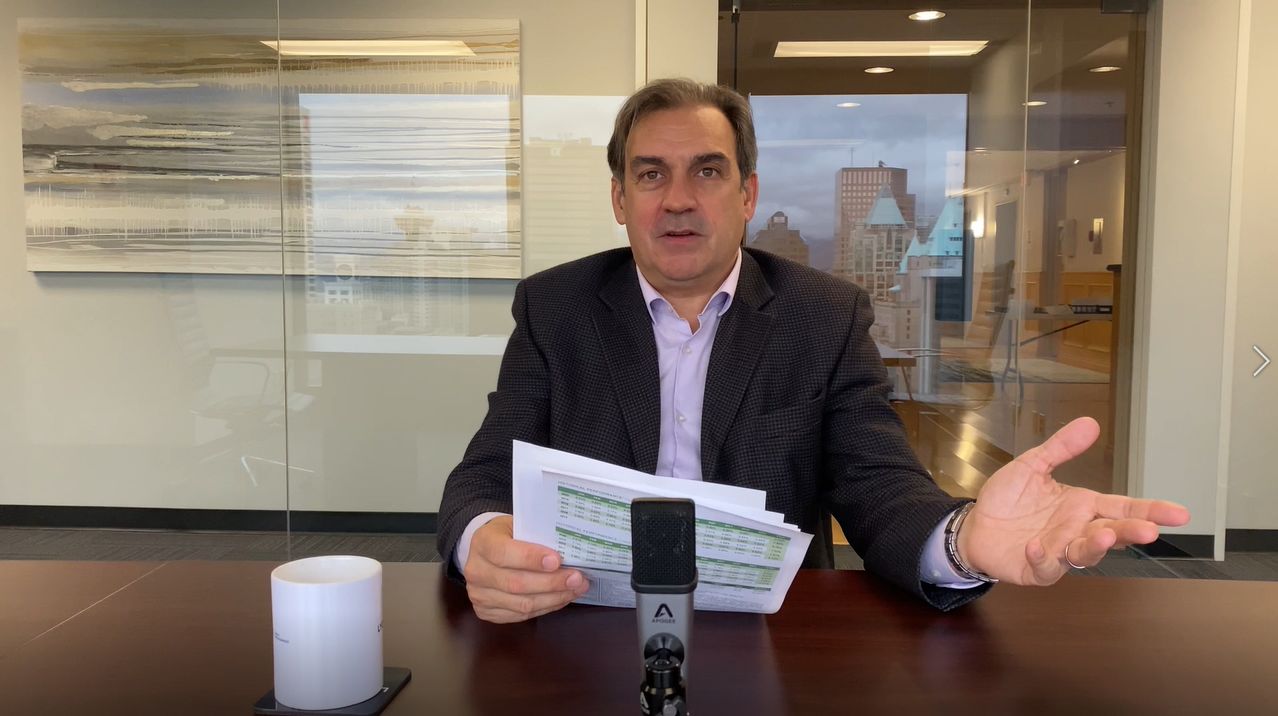Investment Ideas for 2021
I’d like to talk about investment opportunities for 2021 and beyond.
Asset allocation is the most important decision an investor can make. Most families and individual investors should have a long term time horizon. Most of us are going to be investing for 30, 40, 50 years or more. A lot of us are going to live until our 90’s and some even longer. So, a 10 year time horizon is essentially appropriate for most people, unless you’re in your late 80’s or 90’s already, and even then a lot of us will be leaving money to our children / other family / charities. The heirs are likely to have a long term time horizon also.
Cash
So, I’d like to start with the most controversial one: cash. Do we hold cash during COVID in 2021 and beyond, and how much cash do we hold? Well first of all, it depends on the person’s individual circumstances: how their income is doing, how their employment is doing, how their business is doing. If those are in question, then the cash requirement would be much higher. At the same time, even if everything is OK, equities are already trading at high valuations. But, from a pure investment perspective and assuming there is enough saved up for emergency needs, cash is probably not the best place to be:
- Quantitative Easing: Interest rates are very low. Central banks around the world have engaged in massive quantitative easing, (i.e., money printing and buying back securities of all kinds), to help stimulate the economy from a monetary perspective. That has helped the economy tremendously during COVID. More importantly, as the “lockdowns” brought down the economy rather significantly, the slowdown would have been inevitably worse had the central banks not intervened the way they did. So that’s good. Cash allocation, I would say, can be 5%-10%. And for people in a more secure situation, perhaps closer to 0%.
Commodities
A place that a lot of investors likely have a low exposure in their portfolio is commodities, especially food commodities. Over the last 15 years, commodity prices have come down despite asset prices going up. Now is the time for commodities, especially food, to start going the other way. And that’s even if the economic activity doesn’t come back right away. So, we could have a situation where the economy’s stagnating, yet commodity prices are going up because, again, the money printing. A good way to get exposure to food commodities may be the DBA ETF, trading on the New York Stock Exchange (NYSE: DBA). There are others, as well. Copper and some other commodities have a chance of doing well also. An allocation range of 0%-15% is what we would recommend at this point.
Precious Metals
Another good place to have money is precious metals, like gold and silver. Allocation levels could also be anywhere from 0% to 15%, depending obviously on investors’ goals, investment goals, and risk tolerance level. Gold and precious metals are typically able to keep up with inflation and not deliver above inflation, real returns. So in other words, they maintain their purchasing power and long term precious metals should be good for capital preservation.
Absolute Return Strategies
The next place where a lot of private investors, especially, have very little exposure to is absolute returns strategies. Absolute return strategies are strategies where you try to make money pretty much at all times regardless of what markets do. Risks include business cycle risks from investing directly in equities, corporate bonds, and similar things. In order to get those types of strategies, you typically have to go into the hedge fund world.
Private Debt/Credit
Another area that we like at the moment is the private debt space. Private debt funds lend money to mostly private corporations, typically through mortgages and other secured loans. These loans are held in the funds’ books at book value. So, they don’t fluctuate in value unless there is an impairment, at which point you take a charge.
Typically, as an investor, you simply sit back and collect the interest. Interest will be at a higher rate than commercial loans because they are given to companies that typically are not able to get funding from banks. So, loan interest rates charges could be 7%-12%, depending on the risk level of the loan. Typically, there will also be collateral on the loan in terms of security, assets of the corporation, receivables, property, or a combination thereof.
A good fund that we use for our clients is the Next Edge Private Debt Fund (FUNDSERV: NEC442 which turns into NEC452). This is one out of many other ones that we use. An allocation to absolute returns strategies of 35 to 40% would be fairly good at this point for multiple reasons. One of which is valuations for equities are a little bit higher at the moment. So, we’d like to keep our public equity allocation quite a bit lower than your typical retail investor’s portfolio.
Private Equity
Turning to equities, an allocation of maybe 50%-55% would be good, including about 15% exposure to private equity. A good fund that we use is the Kensington Private Equity Fund (CADFUNDS: KEN115). Private equity is owning shares of companies that are not traded on exchanges. So, they’re companies that are either earlier stage, or more likely pre-IPO stage that are held by strategic investors or founders with additional backing by private equity funds. Alternatively, the funds may have taken formerly public companies private when the company’s stock valuation was low. They may come back into public market in five to seven years’ time.
The advantage of private equity is typically higher returns than through public equities, perhaps 2% or a little bit more. Private equity comes with less volatility than stocks as valuations of private companies are typically appraised. They also don’t change much from day to day or month to month. There are a number of venture capital options and other ways you can get exposure to private equity.
Public Equities / Stocks
A good allocation for public equities would be around 35% at this point. In comparison a private investor’s portfolio has on average about 60% in stocks. Investors could use something like the MSCI World Equity Index, an ETF or a fund that tracks it, or the S&P 500, or both on the passive side. On the active side, perhaps a slight tint to value is warrantied as value has tremendously underperformed growth over the last five plus years. After the economy restarts growing, perhaps in the summer of this year, 2021, or later, that’s where the companies are going to do the best as opposed to the more stable high-growth technology, pharmaceutical, and so on. Now, a good fund for active management for Canadian investors is the Vanguard Windsor US Value Fund (CADFUNDS: VIC300). There are others, but this a very low-cost active fund.
Individual Stocks
We have some stock picks for January that should be good for the whole year. The theme here is good businesses at good prices in different sectors. We typically like “growth at a reasonable price” which doesn’t go out of style too often, while both value and growth do. We look at sectors and companies that are about to benefit from what’s happening in the economy now, in the next few years, and beyond. Three such stock picks are:
Alerus Financial Corp
Our first pick is a financial company, Alerus Financial Corp (NASDAQ: ALRS). They’re a financial holding company. Services include banking, mortgage banking, retirement plan administration, trust services, checking, debit cards, savings, and more. Their financials have not done well over the last year or so. But perhaps, with the return of the economy, this is a company that can do well and is attractively priced. It is quite small with only a 500 million market cap.
Haverty Furniture Companies, Inc.
The second stock pick is a furniture company, Haverty Furniture companies, Inc. (NYSE: HVT). Real estate is also likely to benefit from the much-reduced interest rates and from the quantitative easing. Residential real estate markets are hot right now and people that can afford it are buying bigger homes with home offices. When you switch homes you typically need furniture, as well. So furniture companies should do well. Additionally, even if you don’t buy a new house you might be staying at home or working on home. Therefore, you might decide it’s time to get some new furniture if you want to look good on those zoom calls!
D.R. Horton
Last but not least, our third stock pick is a home builder, D.R. Horton (NYSE: DHI). We believe it’s a good company and its shares are trading at a good price. It should also benefit from what’s going to be happening over the next 12 months and beyond.
Cryptocurrencies
For those that would like to have exposure to cryptocurrencies there are now 2 ETFs in Canada that give investors exposure to Bitcoin (QBTC.U) and Etherium (QETH.U). An allocation of 1% or so to each may not be such a bad idea. While they are essentially pyramid schemes that have not yet been banned by governments around the world they may still have a place in investors’ portfolios. The rationale is this: the most one call lose is 1 times their money but the upside could be 10 to 20 times their money…
In Conclusion
Diversify, have exposure to many asset classes, and think long term. If you have questions about how any of these recommendations fit with your investment portfolio, ask your financial advisor or talk to us.
- Stock Picks for June 2025 - June 6, 2025
- Stock Picks for May 2025 - May 7, 2025
- Stock Picks for April 2025 - April 10, 2025


